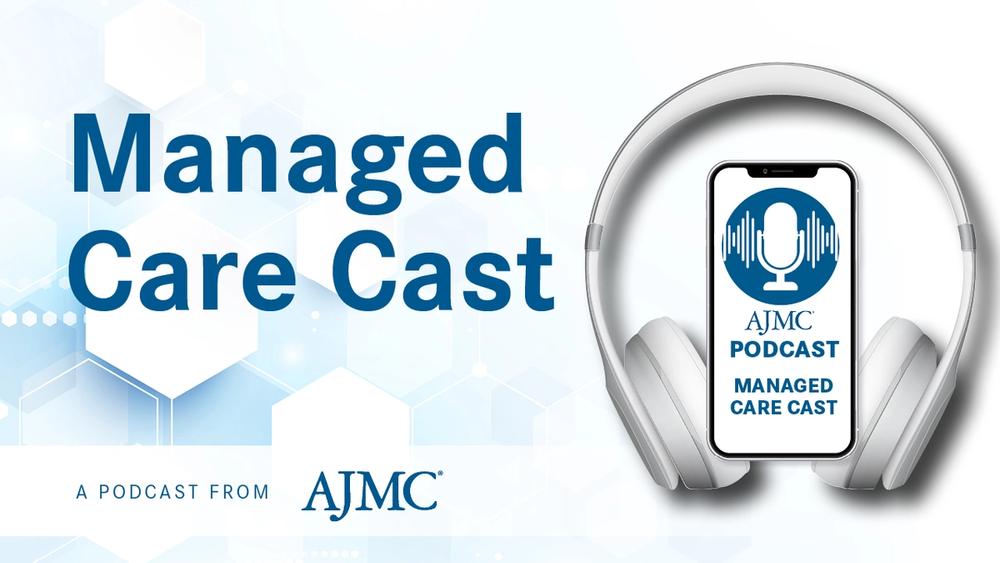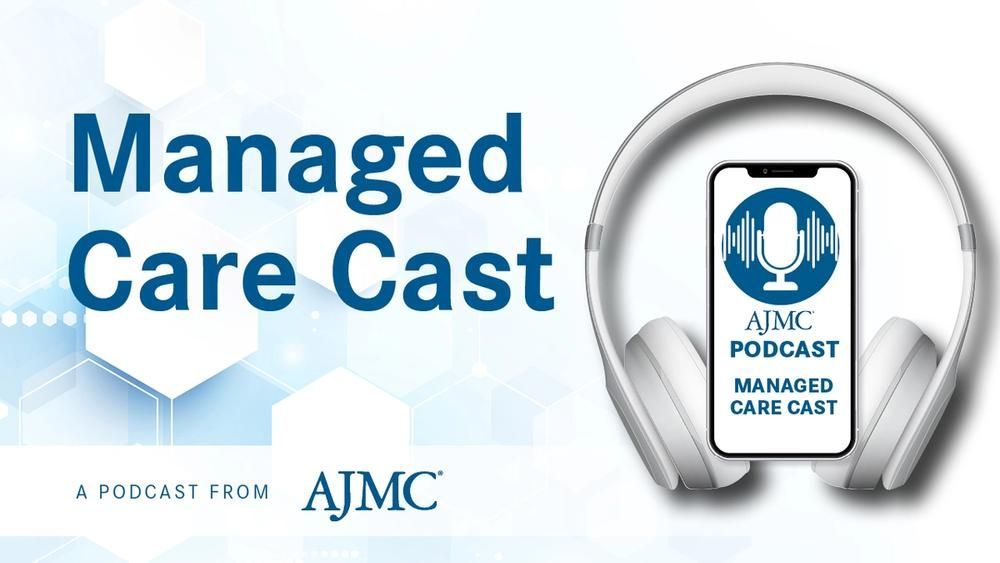Article
Federal Rule Allows Higher Out-Of-Pocket Spending For One Year
Starting next year, the Affordable Care Act sets maximum limits on how much consumers can be required to pay out-of-pocket annually for their medical care. But some people with high drug costs may find the limits don't protect them yet.
That's because the federal government is giving some health plans extra time to comply with the rules.
Under the law, the maximum amount a consumer with single coverage will pay out-of-pocket in 2014 will generally be $6,350 while a family could pay up to $12,700. Those totals include copayments and deductibles, but not premiums, and they apply only to plans that are not grandfathered under the law.
Here's the catch. Although all non-grandfathered plans will have to cap the amount that consumers pay out-of-pocket for major medical expenses, if health plans use more than one company to administer their benefits—as many do for major medical and pharmacy benefits, for example—consumers may face separate caps next year, or no cap on their pharmacy spending at all.
Read the full story here: http://bit.ly/14uf63i
Source: Kaiser Health News





